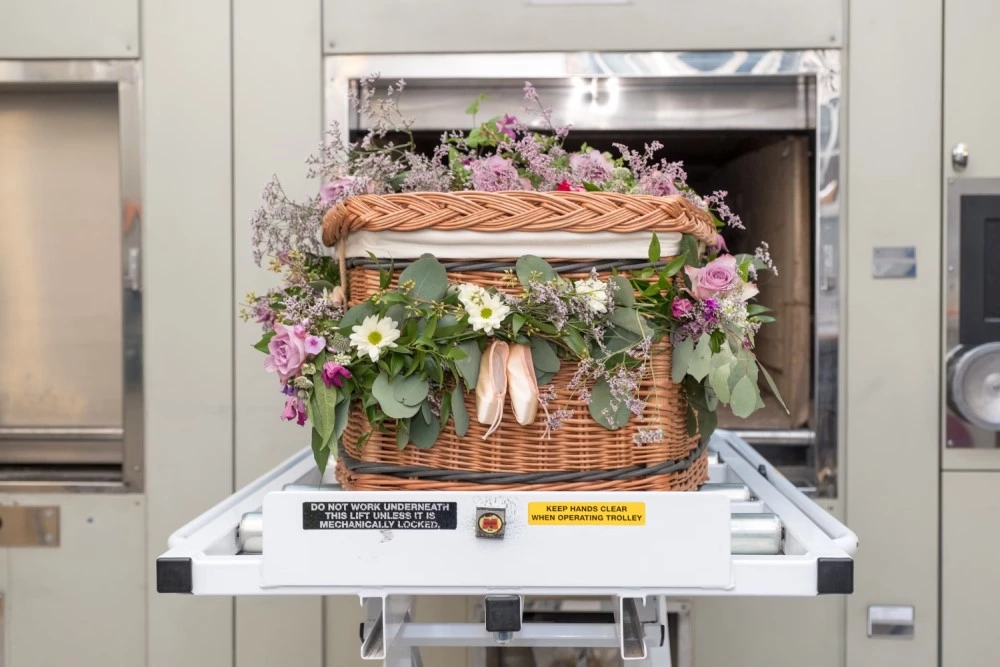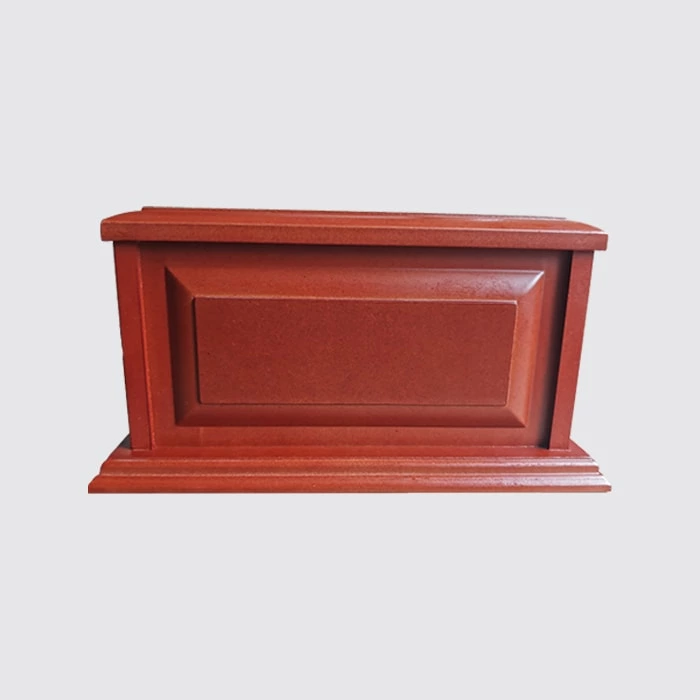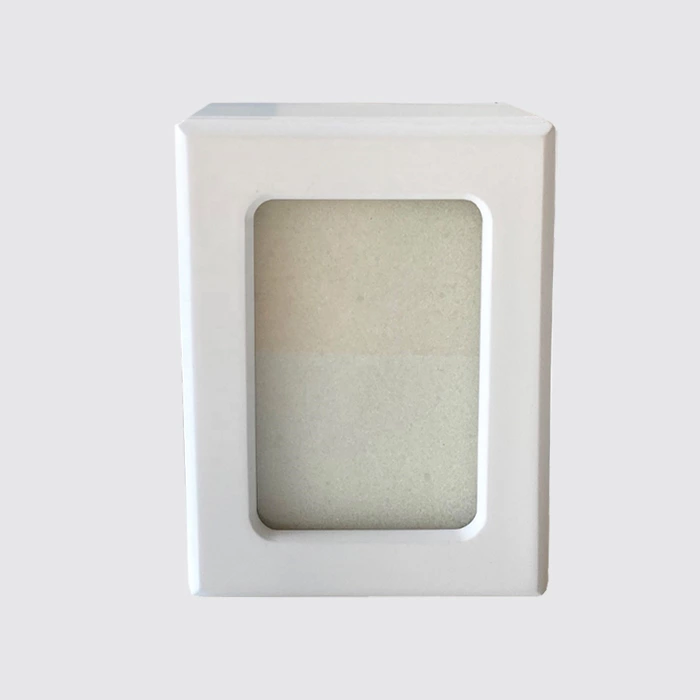Do You Know About Cremation?
Differences Between Cremation and Traditional Burial
Cremation and traditional burial are the two main ways of laying our loved ones to rest. In recent years, cremation has gained increasing popularity, with data suggesting that by 2030, cremations will account for 70% of all funerals. Cremation involves incinerating the body, purifying it through equipment, and reducing it to ashes, which are then stored in an urn. Traditional burial, on the other hand, involves placing the body in a coffin and burying it in a grave.

4 Advantages of Cremation
Eco-friendly: Cremation consumes far fewer resources than traditional burial and does not take up land resources, making it more environmentally friendly.
Cost-effective: The cost of cremation is less than half that of burial.
Time-saving: Cremation does not require the preparation of the deceased's appearance or embalming, nor does it necessitate a memorial service, saving time.
Memorial significance: The urn containing the ashes can be kept at home, and mementos of the deceased can be placed inside or next to it, making it a more meaningful memorial than a grave.
How is Cremation Conducted? What Details Should You Pay Attention To?
The Detailed Process of Cremation
Cremation involves incinerating the body at temperatures of 1800-2000 degrees Fahrenheit, with the duration depending on the size of the body. After cremation, funeral staff will grind the ashes into a finer consistency before putting them into a specially made urn.
Organizing a Cremation
Before a cremation can take place, a death certificate is required, along with relevant permits. Rules vary by state, so you'll need to check the laws in your area. Whether a cremation ceremony is needed, and if so, family members need to decide on the time and location of the memorial service and how many friends and relatives will attend.
How to Choose a Cremation Urn?
The urn is a crucial part of the cremation process, holding not only the ashes of our loved ones but also our memories of them. There are many types of urns on the market, from beautiful wooden urns to eco-friendly ceramic ones, each carrying its unique memorial significance. When choosing an urn, consider:
Personal preference: Follow the deceased's personal preference or religious beliefs.
Material and use: Depending on how the family will use the urn, choose suitable materials and decorations.
Artistic value: Some families consider the artistic value and rarity of the urn.
The three main types of urn materials
Wooden urns: A classic option, wooden urns offer a natural, warm feeling and plenty of space for ashes.
Metal urns: Available in various sizes, metal urns can be engraved with intricate designs.
Ceramic urns: Delicate and eco-friendly, perfect for families who prioritize nature and ecology. By choosing the right urn, you can ensure that the memorial aligns with the wishes of the deceased and holds deep meaning for the family.
Lastly, and Most Importantly: Consult with Family Before choosing cremation, discuss it with your family, explaining the process and its significance, and persuade them. Once you've decided on cremation, arrange the specifics with your family to reach a consensus on the memorial method. If you're holding a memorial service, decide on the venue, prepare speeches, invite attendees; every detail should be perfect.





